Editor’s Key Takeaways: Master Rim Light Photography: Beginner’s Guide

Rim light photography can elevate your images by adding stunning, powerful effects. However, it can be challenging for beginners due to its reliance on artificial lighting. This article aims to simplify the process, providing everything you need to master rim lighting.
What Is Rim Light?
Rim light highlights the edges of your subject by placing a light source behind it, aimed toward the photographer. This can be used to create images with either a rim-lit subject against a black background or a well-lit subject with emphasized edges.
- Can be combined with other lights or reflectors.
When to Use Rim Light
- For dramatic, low-key portraits.
- To add depth and make subjects stand out in a portrait.
Producing Rim Light Photography
- Understand the importance of contrast.
- Use silhouettes to create powerful images.
- Include interesting edges for added visual interest.
- Incorporate smoke for dramatic effects.
Rim Lighting Issues
- Beware of lens flare and light spillover that can degrade image quality.
By mastering these techniques, you’ll be well-equipped to capture stunning rim light photography.
Introduction
If you hope to capture stunning, powerful images, then rim light photography will give you a lot to work with.
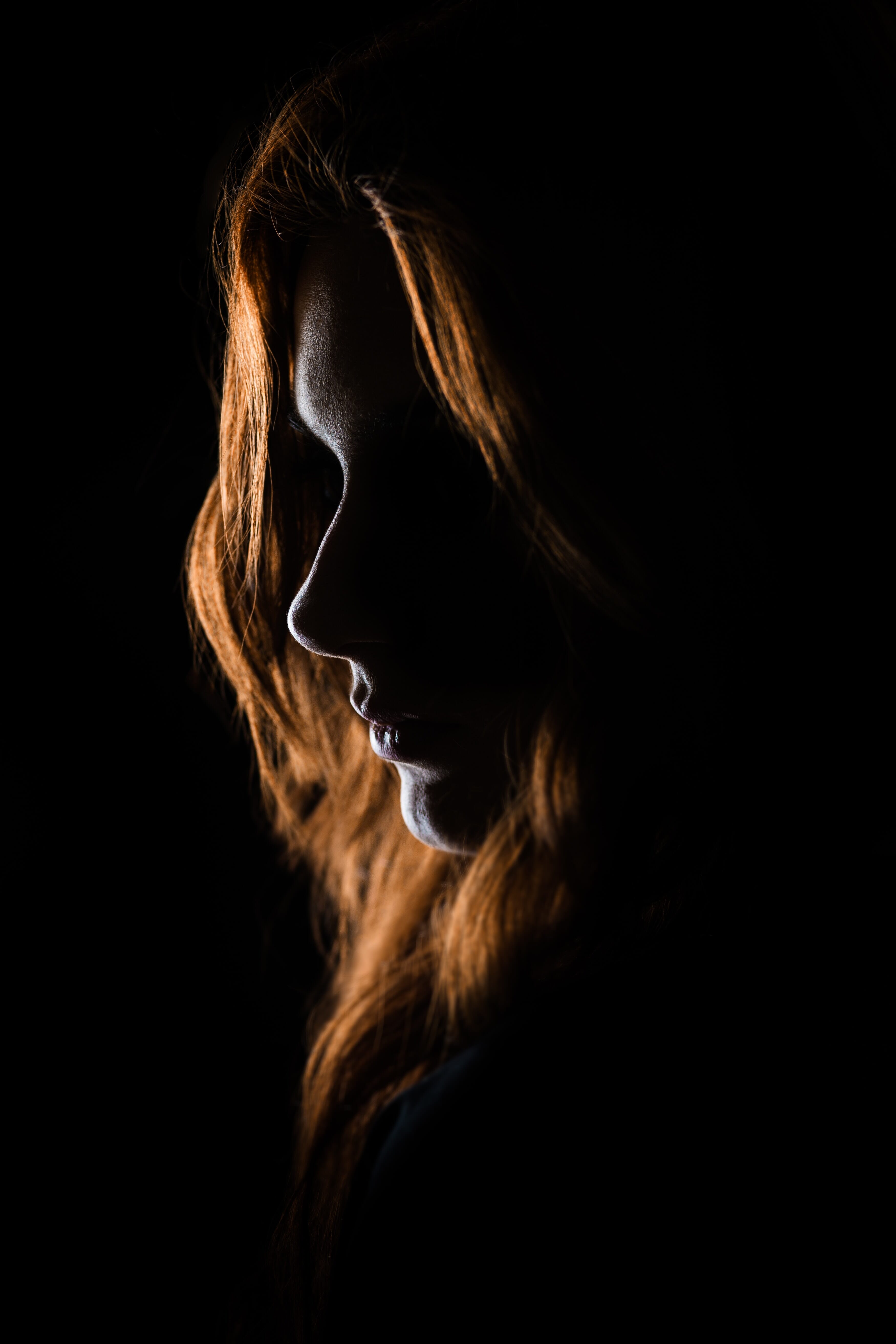
Unfortunately, figuring out how to use rim light can be tricky for beginners, especially if you don’t have much experience working with artificial lights.
So that’s what this article will address; I’m going to share everything you need to know about rim lighting.
And by the time you’re done, you’ll be capturing rim light photography like a pro.
Let’s get started.
Rim Light Photography Explained:
What Is Rim Light?
Rim light is very simple:
It’s simply light that runs around the rim, or the edges, of your subject, like this:

And it occurs when a light source comes from behind your subject and points toward you, the photographer.
Note, however, that rim light doesn’t always result in a black background and a poorly-lit subject. Rim light can be used in conjunction with other lights or reflectors to create images like this, where you see a well-lit subject as well as a rim around the edges:
Neither type of image is better than the other, which is why I’ll discuss how to create both options–and how you can get the best possible rim light effects, no matter your overarching goals.
When Should You Use Rim Lights in Your Photography?
Rim lighting works well in a few different situations.
First, if you’re looking to create dramatic, low-key, rim-only portraits, then rim lighting is absolutely the way to go. This type of image is very two-dimensional, and that’s okay, as long as you compose carefully.
I’m talking about photos like this one:

Second, rim lighting can be useful if you want to create more depth in a portrait; by adding a rim light, you can help the subject pop off the background, and create an especially lifelike image.
Like this:

How to Produce Beautiful Rim Lighting Photography
As I said above, rim lighting can be intimidating for beginners.
They assume that rim lighting requires a lot of knowledge and complex lighting equipment–but this couldn’t be further from the truth.
You see, rim lighting is very, very simple.
In fact, it’s probably one of the easiest lighting effects to pull off, and one that I highly recommend every beginner (and every advanced photographer!) try.
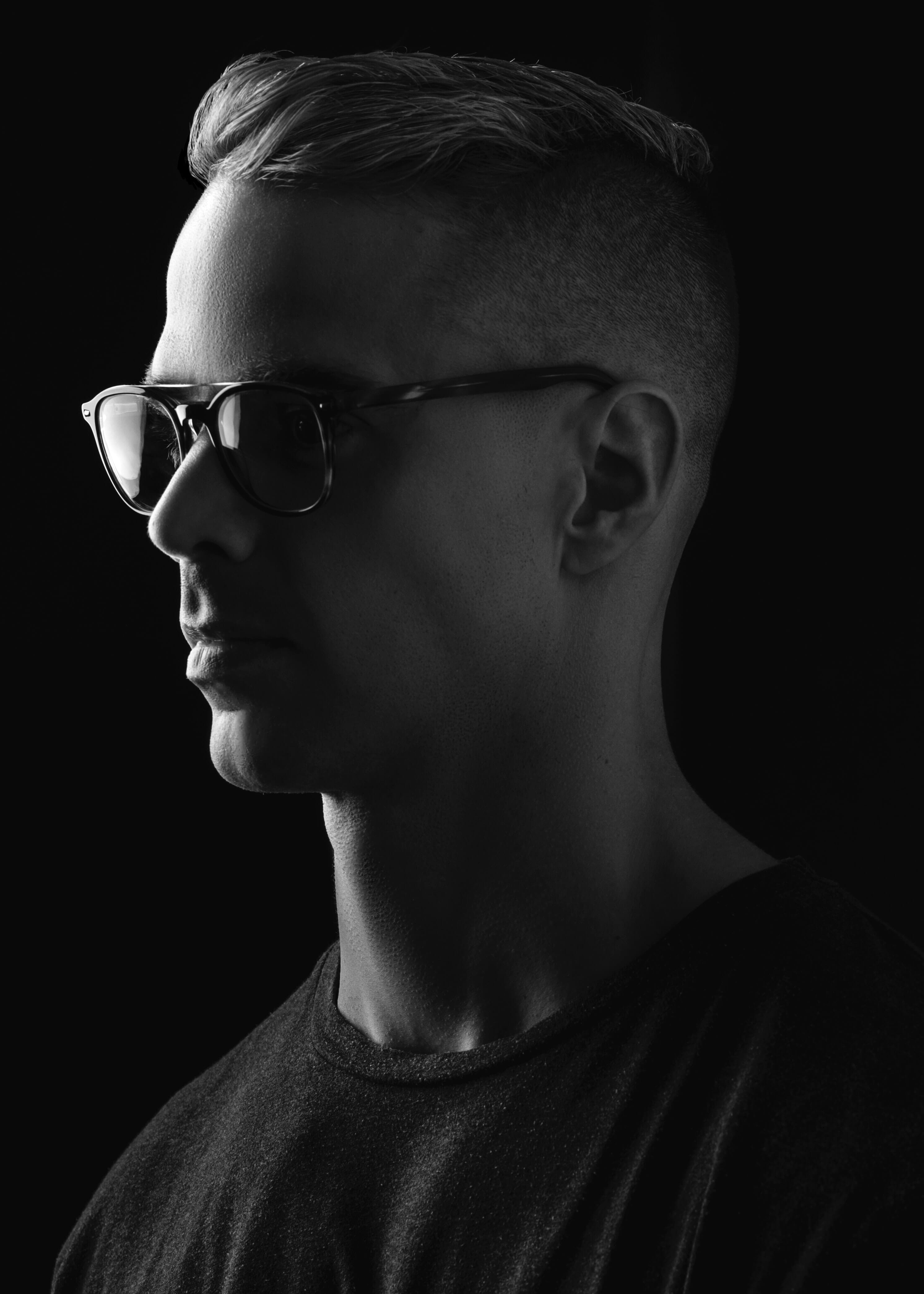
Here’s how it works:
Equipment
At minimum, you’ll need a light source that comes off your camera. So you can use an external flash mounted to a light stand, or you can use a natural light source, such as the sun.
For more complex rim light photography, you’ll want a second light, and potentially even a third light.
But note that this certainly isn’t a requirement, and you can capture gorgeous, rim-lit photos with a single light source.
Sound good?
The Basics of Rim Light Photography
Here’s the simplest rim light photography setup you’ll ever come across:
Use a single light source.
Place it directly behind your subject, pointing back toward you (the photographer).
Make sure that the light source is blocked by the subject, so that it’s not present in the photo.
With this simple, one-light setup, you’ll end up with photos like this:
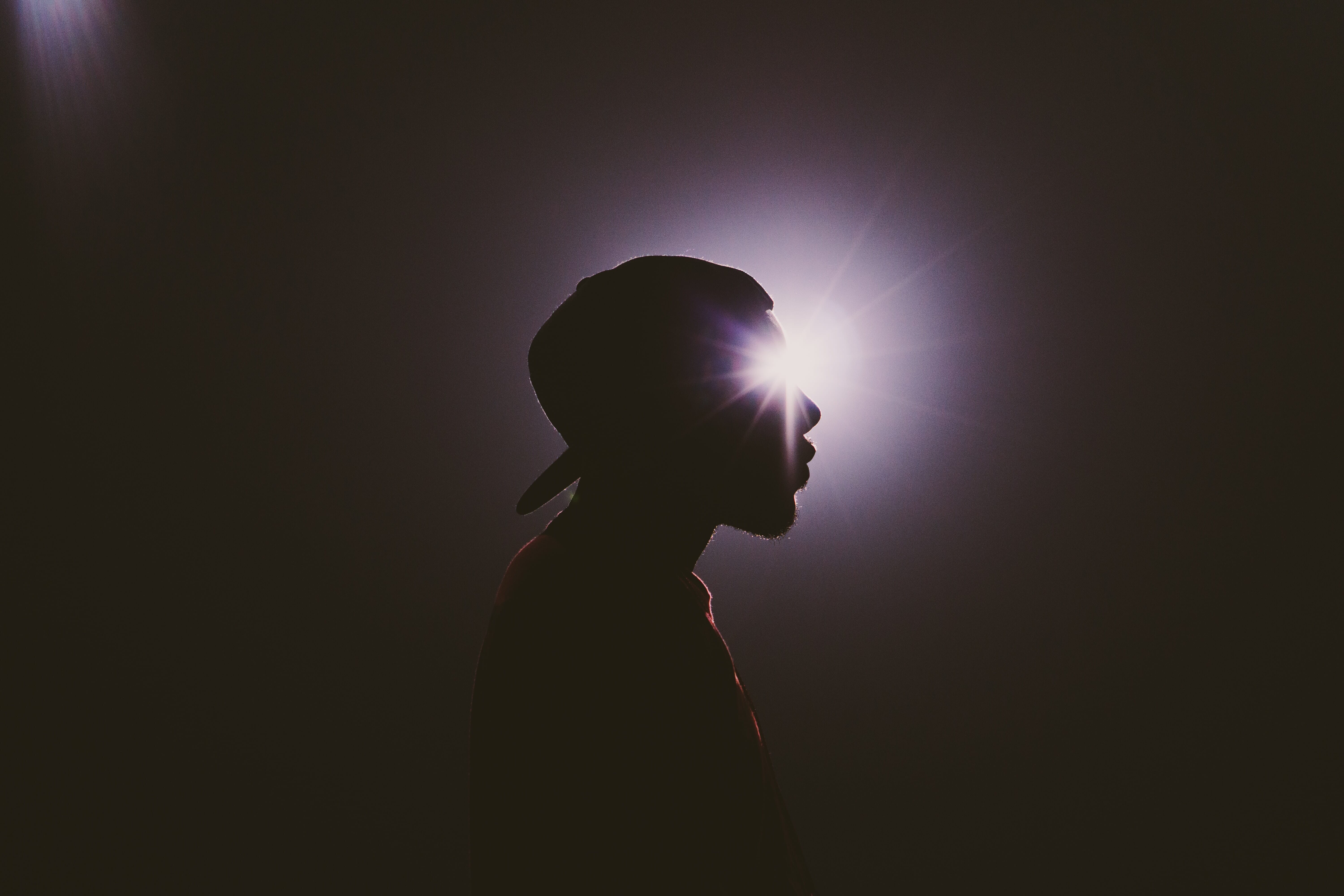
Very cool, right?
The single light will give your subject a beautiful rim all around, and you’ll get a truly stunning image.
Now, if you want to emphasize one part of the subject more, or you’re looking for a thicker rim, you can move the light source off to the side, out of the frame, and turn the light so that it’s aiming at the area you want to emphasize.
The area of the subject closer to the rim light will shine brightly–while the area of the subject farther away from the rim light will be much less apparent (and potentially completely black, depending on how you position the light source).
Two and Three Light Setups
If you want to create a stronger rim around your subject, but you want it to be present on both sides, you’ll need a two light setup.
Simply place one light off to one side of the subject. Then place the other light off to the other side.
You’ll end up with a thick rim running around both sides of your subject.
But what if you want to use a rim light (or two) to separate the subject off the background, while still highlighting the subject’s features? What then?
That’s when you bring in another light. You can place this one somewhere in front of your subject–maybe at a 45 degree angle. I recommend using a standard lighting setup, such as Rembrandt light or loop lighting, for powerful portrait results (and even if you’re not capturing portraits, using the angles from a Rembrandt setup can still look great).
So you use a “key” light in front of your subject, to illuminate its features, then you use a rim light or two behind the subject, to give a nice separation, like this:
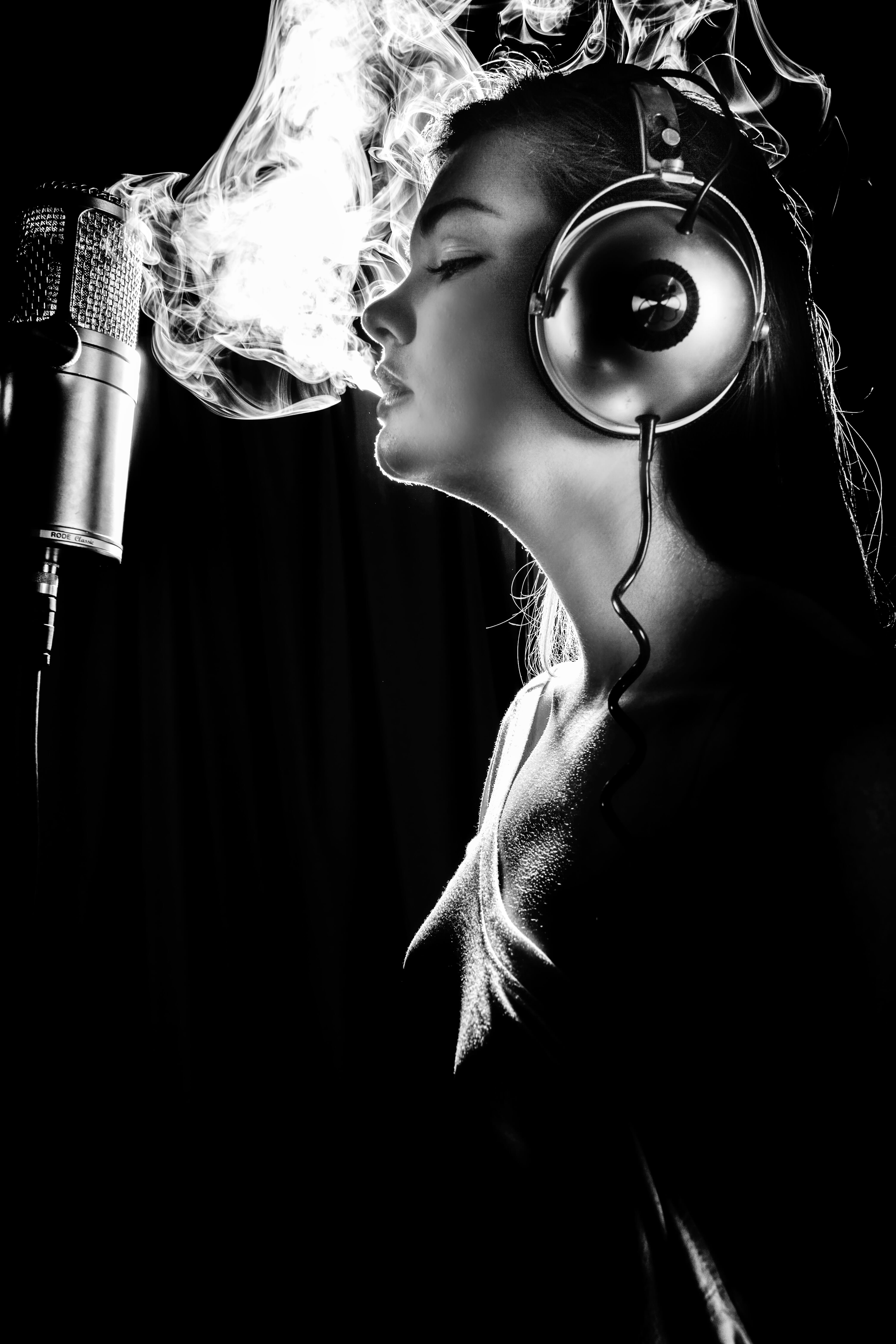
Rim Light Photography With the Sun
So far, I’ve been talking about how you can create rim lighting effects in the studio.
And it’s true:
Photographers do tend to rely heavily on studio setups for rim lighting.
But you can also create stunning rim light photography with natural light.
First, you can create a one-light rim light setup with the setting sun. Just place the sun behind your subject, and create a gorgeous rim-lit silhouette:
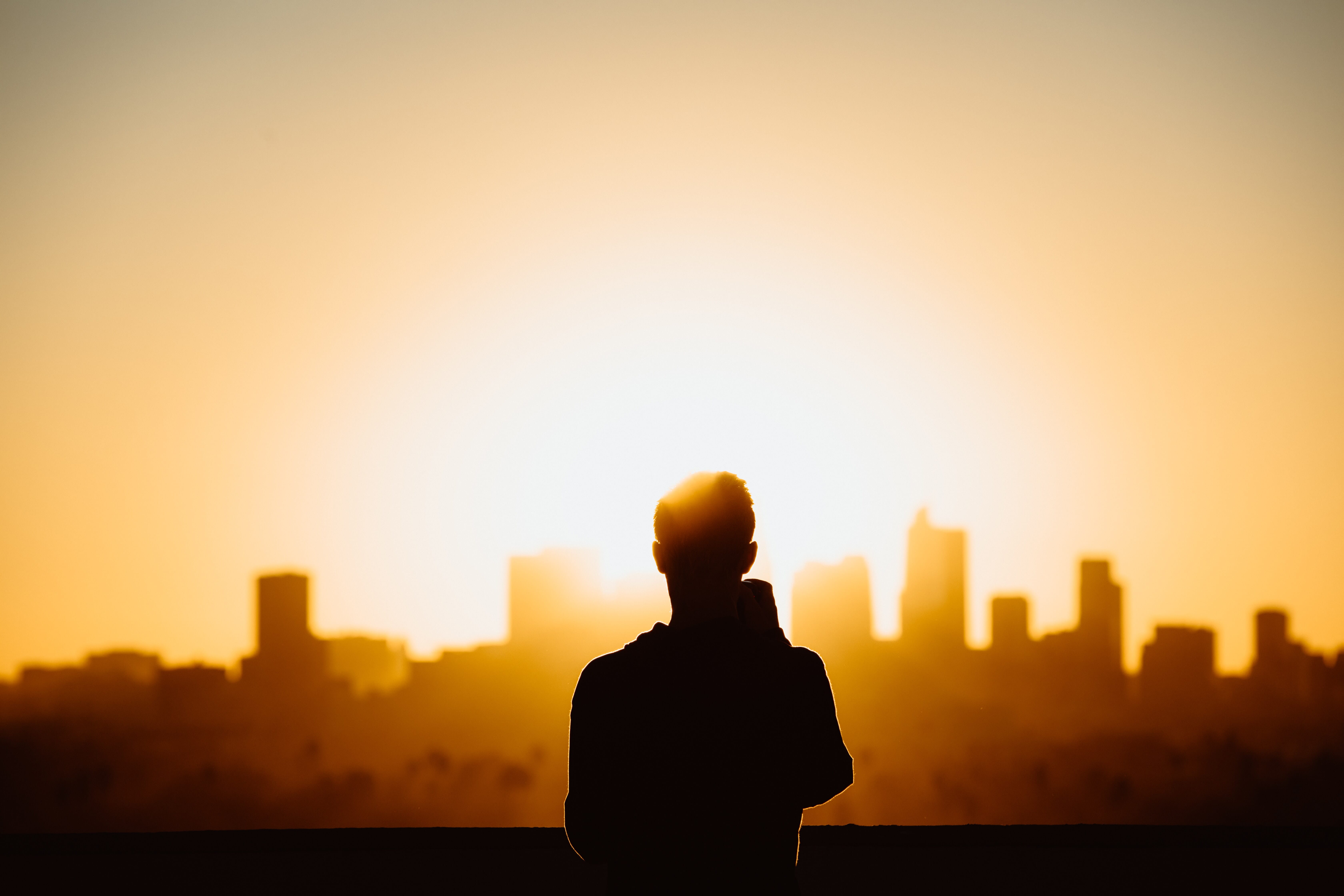
As with the studio version, you can play with the angle of the sun for stronger or weaker rim lighting on either side of your subject.
When the sun is higher in the sky, you can use it to backlight your subject. But you can also allow reflected light from the sky and the surroundings to light the front of your subject, creating a more even, natural shot (though one that still has a lot of depth, thanks to the rim light).
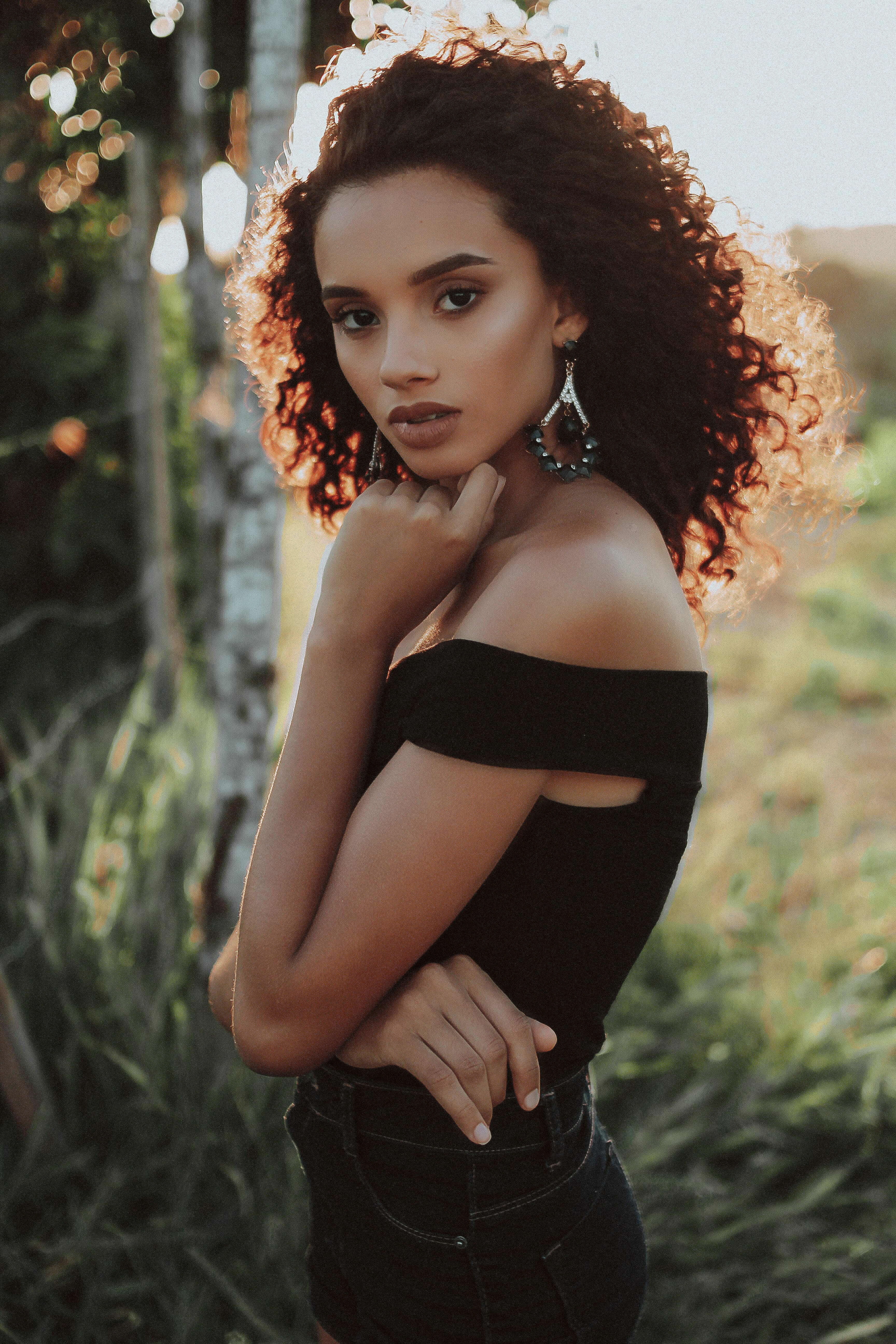
Oh, and you can always mix natural light and artificial light. For instance, you can use the sun to create the rim light, but then add a flash for a nice Rembrandt lighting setup, etc.
The Importance of Contrast
If you want a rim lighting photo that really stands out, an important thing to consider is whether the subject contrasts with the background.
For this reason, I recommend shooting your subject against a dark background if you’re looking for a powerful rim light effect. A light background will still give you a bit of rim light, but it won’t be nearly as dramatic or as noticeable.
Rim Light Photography: Silhouettes
Here’s a trick worth noting:
While you can create rim-light-only photos with just a bright rim and nothing else…
…you can also create interesting, high-key silhouettes by reversing the rim light and pointing it at the background.
If you have a white backdrop that’s close to the light source, and if you can prevent light from hitting the front of your subject, you’ll get an all-black subject on an all-white background, like this:

Including Interesting Edges
You can create a rim with pretty much any edge.
But if you want the most eye-catching results, it pays to use interesting edges.
I recommend going for a softer edge over a harder edge, such as hair, fur, grass, and more.
This will enhance the rim light effect, as each tiny hair or blade of grass will be rim-lit, rather than a single flat edge.
Make sense?
Use Smoke for Added Drama
Here’s a final tip for beautiful rim light photography:
If you want to increase the drama, include smoke.
Smoke looks amazing when hit by a rim light. It turns bright, while the subject remains dark, as you can see in this photo (already added above):

And if you don’t have any smoke on hand, that’s okay, too. Try an aerosol (such as a spray bottle), or something powdery, such as flour.
Just make sure to protect your equipment from the flying liquids and powders!
Rim Lighting Issues: Flare and Spillover
Rim lighting can look amazing–but you’ll want to be careful so as to avoid two big problems:
Lens flare, when the light creates a hazy effect, like this:
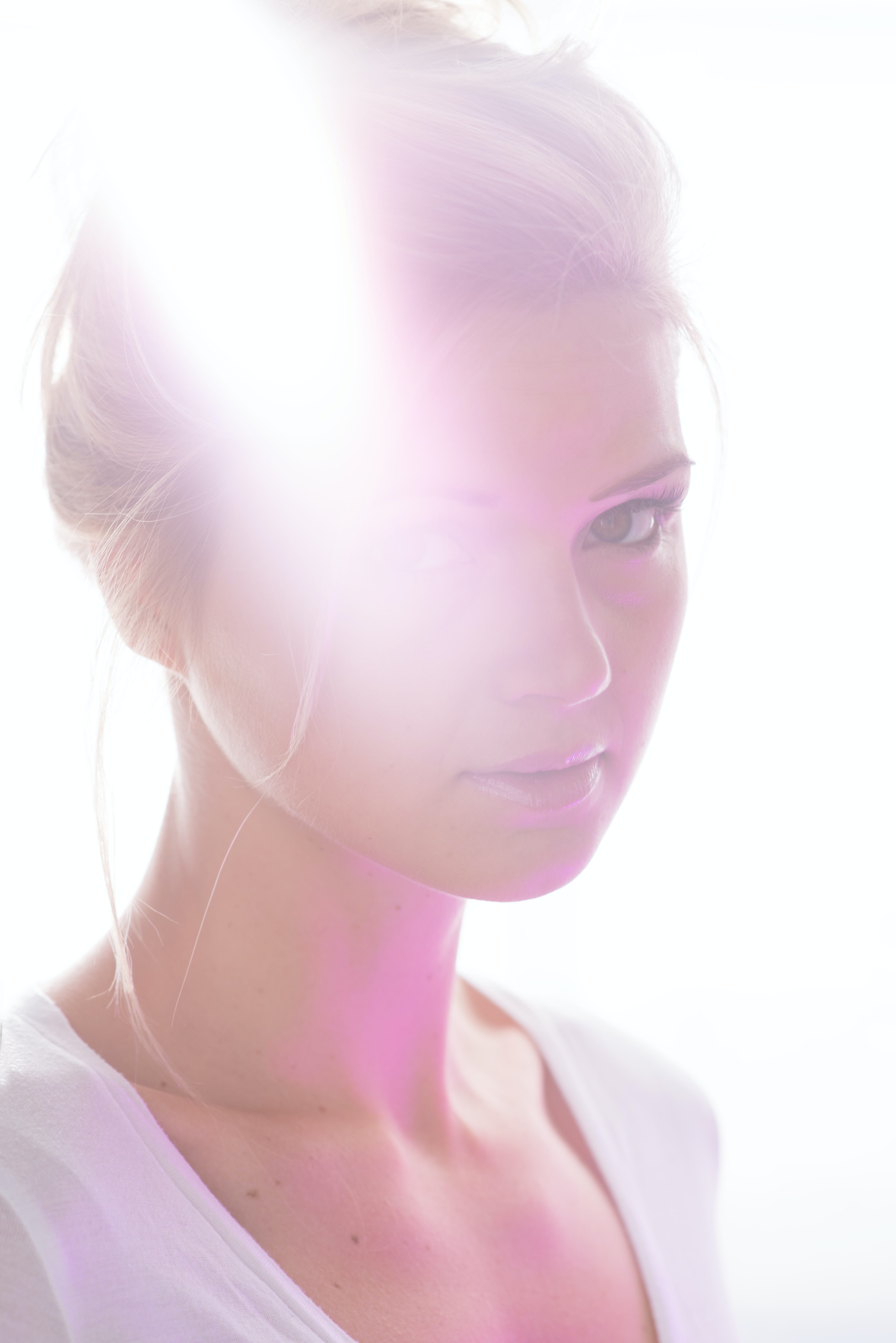
And unwanted light spillover, when the light wraps around your subject and lights the front, rather than just the rin of your subject.
Don’t get me wrong; these can both be great effects. But there will often be times when you don’t want flare or spillover, in which case you’ll need to know how to manage them.
So here’s what you do:
To avoid flare, make sure that your light source is completely blocked by your subject, or firmly out of the frame. Use a lens hood, and take test shots to ensure that no stray light is entering your lens from outside the shot.
To avoid spillover, make sure that your light is as concentrated as possible. Instead of using umbrellas, try shooting with snoots, or with softboxes equipped with grids.
And try to avoid shooting with reflective surfaces near your subject (such as white ceilings or walls). You can also place black panels around your subject, which will catch the light and prevent it from bouncing back onto your subject.
Rim Light Photography: Conclusion
If you’re looking to produce stunning rim light photography, you’re now well on your way to some amazing shots.
Just remember to carefully position your lighting–and to do what you can to keep the light from spilling where you don’t want it to go.
That way, you’ll get gorgeous results!
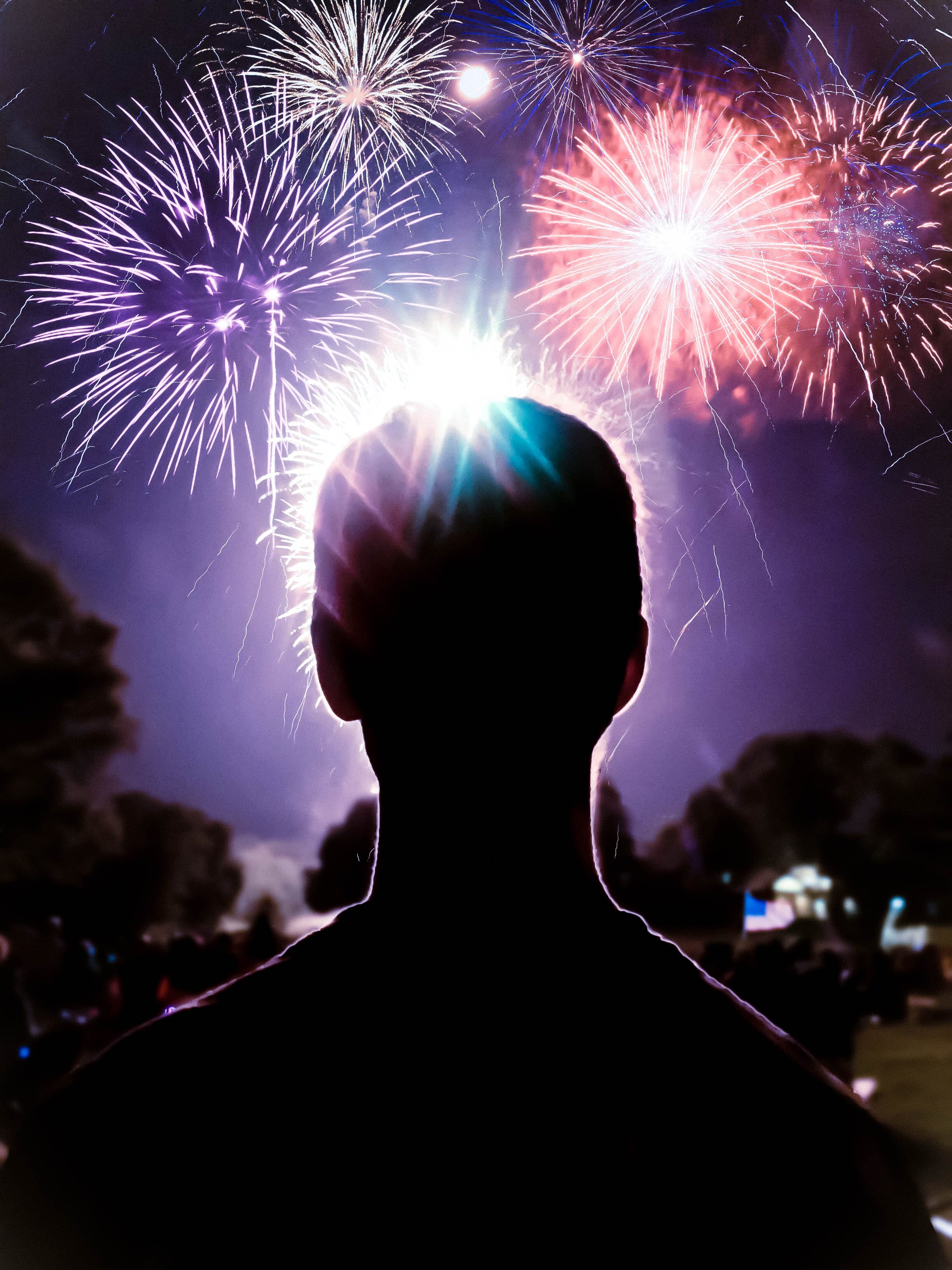
What is rim light photography?
Rim light photography involves producing a bright glow around your subject, generally through some form of backlighting.
What equipment do you need for rim light photography?
Ideally, you have two light sources for beautiful rim lighting. First, you have a key light (to light the subject), and then you have a rim light (to light the edges of the subject).
What subjects work best for rim light photography?
Subjects with broken or diffused edges (that is, edges with hair, fur, and other textures) work very well for rim light photography, because the light catches on the edge, producing a very beautiful glow effect.
